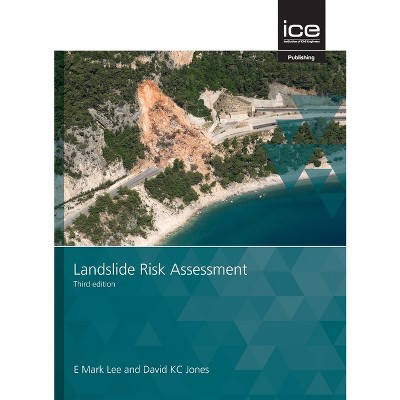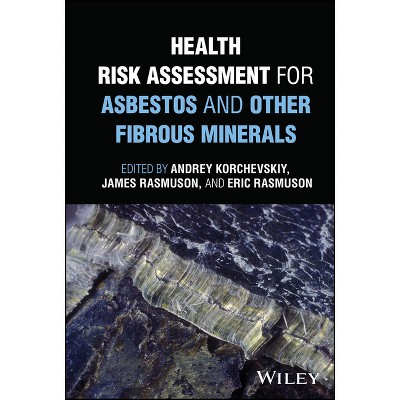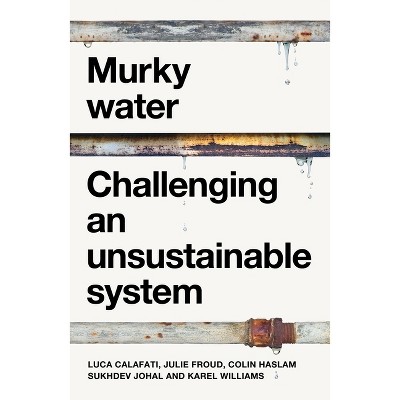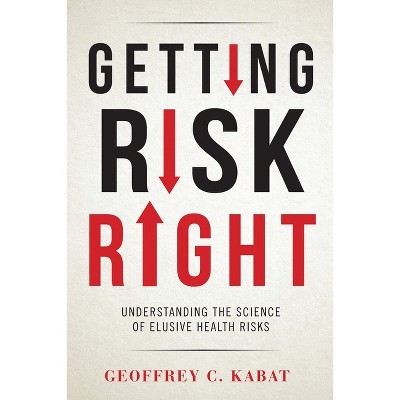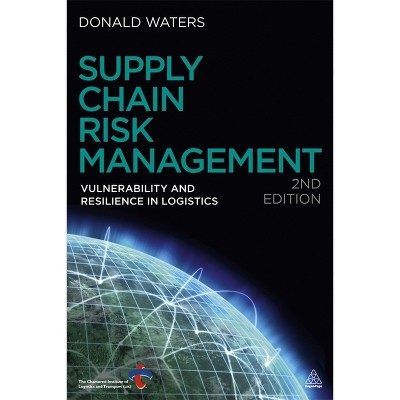About this item
Highlights
- FIRE RISK MANAGEMENT Practical methodologies to develop holistic and comprehensive fire safety strategies for buildings and industrial assets In Fire Risk Management: Principles and Strategies for Buildings and Industrial Assets, a team of distinguished authors delivers an incisive combination of risk management principles and fire safety assessment methods that offers practical strategies and workflows to prevent and mitigate today's complex fire scenarios.
- About the Author: Luca Fiorentini is an internationally recognized expert in the field of industrial process safety and fire engineering.
- 480 Pages
- Technology, Fire Science
Description
About the Book
"Heraclitus, an ancient Greek philosopher, asserted that everything in the world flows ("Panta Rei") and that fire represents universal becoming better than anything else because fire itself is the "archeáI p1 s", the principle from which all things are generated. For the philosopher, this becoming is not random and chaotic but is regular and orderly, provided one knows the rules. In this volume, we have tried to explain the complex rules governing fire in a simple way, using methods, from the simplest to the most refined, such as the engineering approach. Studying the development of smoke and heat in fires, knowing the effects they have on people and buildings, helps a great deal in adopting the right strategies for preventing and containing fires. But the approach taken in the book is deliberately holistic, in the sense that each individual strategy can have a great influence on the others, and therefore fire prevention must be seen as a whole. And as a whole, the success (or failure) of the strategies implemented also depends on the behaviour of the people involved, behaviour that must be framed within a safety management perspective. A volume that purports to present the historical discipline of fire prevention but with a new methodological approach based on the performance to be achieved rather than on strongly prescriptive but often uncritical methods and requirements"--Book Synopsis
FIRE RISK MANAGEMENTPractical methodologies to develop holistic and comprehensive fire safety strategies for buildings and industrial assets
In Fire Risk Management: Principles and Strategies for Buildings and Industrial Assets, a team of distinguished authors delivers an incisive combination of risk management principles and fire safety assessment methods that offers practical strategies and workflows to prevent and mitigate today's complex fire scenarios. The book summarizes modern, risk-based approaches to fire safety, discussing fire safety objectives in terms of functional statements, performance requirements, and detailed protection measures for buildings and industrial assets towards the development of a fire safety case to timely manage risk with a systematic and structured approach throughout the life cycle of the asset.
The authors introduce the fundamentals of fire safety and design principles before moving on to discuss topics like fire risk assessment methods, risk profiles, risk mitigation, safety management and performance, and protective layers and controls. Fire Risk Management presents practical methods, often borrowed from those successfully used in other domains, that can be defined, shared, and communicated with multiple stakeholders from different backgrounds and with different needs and perspectives. Readers will also find:
- A code-neutral examination of fire safety principles that is independent of local regulations
- Discussions of key principle standards, including NFPA 550 and ISO 45001, and guidelines on fire risk assessment
- Practical explorations that connect theory with practice in the real world
- In-depth case studies that walk readers through fire risk management strategies for railway stations, warehouse storage facilities, heritage buildings, renewable energy installations, and process industry plants
Perfect for fire safety practitioners, engineers, and other stakeholders involved in the design and operation of buildings and industrial assets, Fire Risk Management: Principles and Strategies for Buildings and Industrial Assets will also earn a place in the libraries of facility owners and operators, safety systems managers, occupational health and safety professionals, and code officials.
From the Back Cover
Practical methodologies to develop holistic and comprehensive fire safety strategies for buildings and industrial assets
In Fire Risk Management: Principles and Strategies for Buildings and Industrial Assets, a team of distinguished authors delivers an incisive combination of risk management principles and fire safety assessment methods that offers practical strategies and workflows to prevent and mitigate today's complex fire scenarios. The book summarizes modern, risk-based approaches to fire safety, discussing fire safety objectives in terms of functional statements, performance requirements, and detailed protection measures for buildings and industrial assets towards the development of a fire safety case to timely manage risk with a systematic and structured approach throughout the life cycle of the asset.
The authors introduce the fundamentals of fire safety and design principles before moving on to discuss topics like fire risk assessment methods, risk profiles, risk mitigation, safety management and performance, and protective layers and controls. Fire Risk Management presents practical methods, often borrowed from those successfully used in other domains, that can be defined, shared, and communicated with multiple stakeholders from different backgrounds and with different needs and perspectives. Readers will also find:
- A code-neutral examination of fire safety principles that is independent of local regulations
- Discussions of key principle standards, including NFPA 550 and ISO 45001, and guidelines on fire risk assessment
- Practical explorations that connect theory with practice in the real world
- In-depth case studies that walk readers through fire risk management strategies for railway stations, warehouse storage facilities, heritage buildings, renewable energy installations, and process industry plants
Perfect for fire safety practitioners, engineers, and other stakeholders involved in the design and operation of buildings and industrial assets, Fire Risk Management: Principles and Strategies for Buildings and Industrial Assets will also earn a place in the libraries of facility owners and operators, safety systems managers, occupational health and safety professionals, and code officials.
About the Author
Luca Fiorentini is an internationally recognized expert in the field of industrial process safety and fire engineering. He is a special expert on fire engineering and fire risk assessment and a recognized forensic engineer and investigator for fires, explosions, and industrial and marine accidents. He is the author of several scientific books that have been published internationally.
Fabio Dattilo is General Commander of Italy's National Fire Corp in the Ministry of the Interior. He is the promoter and first author of the Italian Fire Code, published in 2015, that provides a risk- and performance-based alternative replacement to previous prescriptive codes. He served for more than 40 years in the National Fire Corp and is now a contract professor of fire engineering. He developed a specific expertise in dealing with fire safety strategies for heritage buildings, starting with those in Venice.
Shipping details
Return details
Trending Non-Fiction







